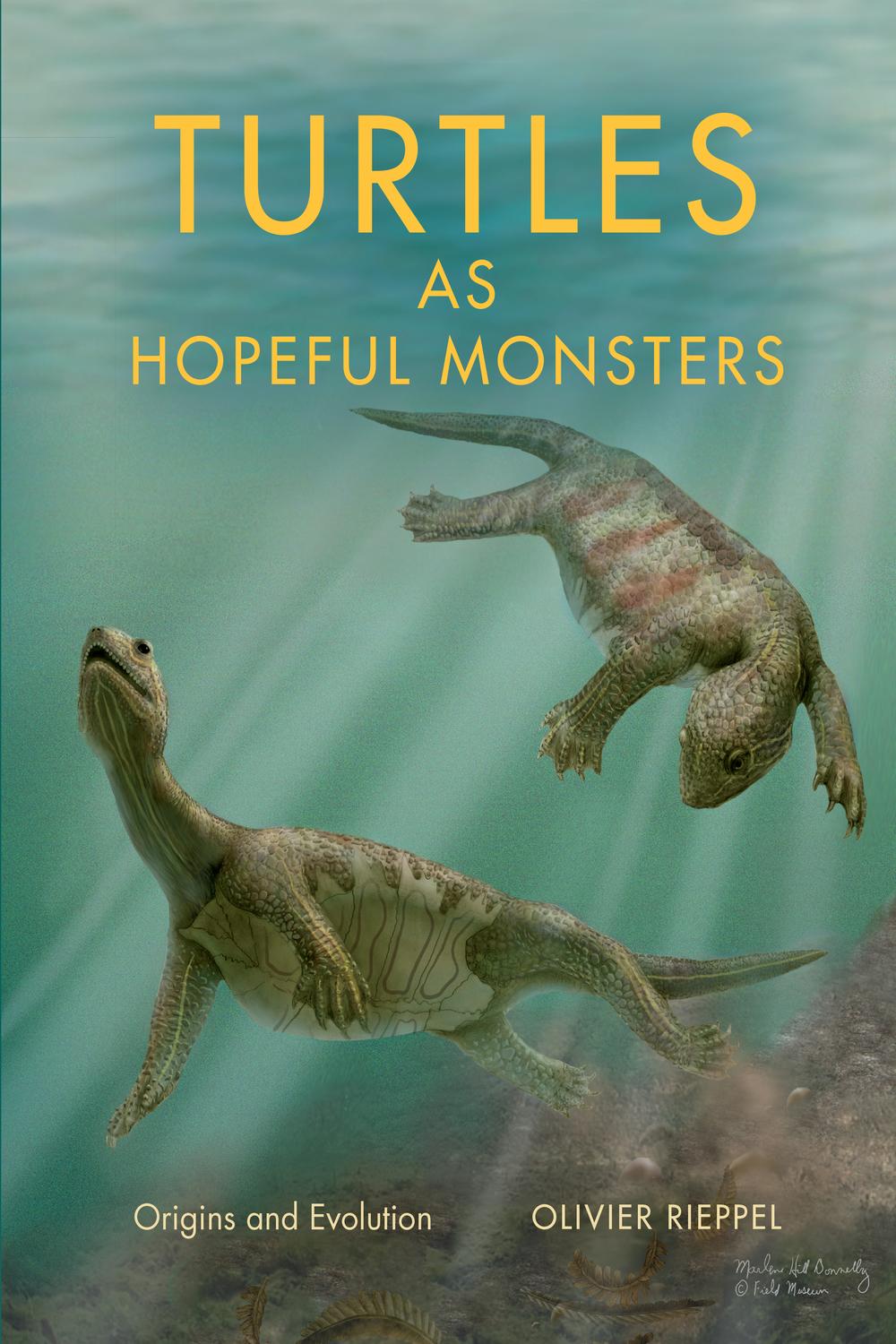1. 'Living fossils' and the mosaic evolution of characters
- Author
-
Olivier Rieppel
- Subjects
evolution ,living fossils ,heterobathmy ,lungfish ,Neoceratodus ,Evolution ,QH359-425 ,Ecology ,QH540-549.5 - Abstract
The modern discussion of living fossils turns mostly on the persistence of archaic, or ancestral, traits in extant organisms. Prime examples mentioned by Darwin already—who also coined the term “living fossil”—include the platypus and the extant lungfishes. However, the identification of archaic traits in extant organisms requires a basis of comparison, i.e., it requires an estimate of the phylogenetic interrelationships of the living fossil in question. Phylogenetic relationships are determined not on the basis of the persistence of archaic traits, but on the basis of shared derived characters. The identification of persistent traits in an organism requires the same organism to also exhibit advanced, or specialized traits that allow its proper classification. The occurrence of such a mixture of primitive (plesiomorphic) or derived (apomorphic) traits in an organism, or species, is called the heterobathmy of characters. Willi Hennig recognized the heterobathmy of characters as quite a universal phenomenon, and made it the basis of his phylogenetic systematics.
- Published
- 2023
- Full Text
- View/download PDF
